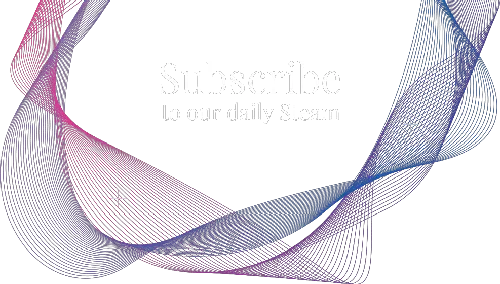Entanglement is a fascinating phenomenon in the field of quantum mechanics that has baffled physicists for over a century. It refers to the peculiar correlation that can exist between two or more quantum systems, such that the state of one system is inextricably linked to the state of the others, no matter how far apart they are. This means that a measurement on one of the entangled systems can instantaneously affect the state of the others, even if they are separated by vast distances. This phenomenon is often referred to as “spooky action at a distance,” as it seems to violate the principle of locality, which states that no physical effect can propagate faster than the speed of light.
The concept of entanglement was first introduced by Albert Einstein, Boris Podolsky, and Nathan Rosen in their 1935 paper “Can Quantum-Mechanical Description of Physical Reality be Considered Complete?” In this paper, the authors presented a thought experiment involving two particles that were created together in a single quantum state, but then separated and sent in opposite directions. They argued that if the properties of these particles were described by quantum mechanics, then the act of measuring one particle’s properties would instantaneously determine the properties of the other particle, even if it was light-years away. This, they claimed, was evidence that quantum mechanics was an incomplete theory, and that there must be some hidden variables that determined the properties of the particles.
However, in 1964, John Bell showed that the predictions of quantum mechanics could not be explained by any theory that used local hidden variables. He derived a set of inequalities, known as Bell’s inequalities, that must be satisfied by any theory that used local hidden variables. However, experiments have shown that these inequalities are violated by entangled quantum systems, providing strong evidence for the reality of entanglement.
Entanglement has many practical applications in fields such as cryptography, quantum computing, and quantum communication. For example, in quantum cryptography, entangled photons can be used to transmit information securely over long distances, as any attempt to eavesdrop on the transmission would necessarily disrupt the entanglement, alerting the receiver to the presence of an intruder. In quantum computing, entanglement is used to perform operations that would be impossible with classical computers, such as factoring large numbers and simulating complex quantum systems. In quantum communication, entanglement can be used to transmit information faster than classical communication, as the state of one entangled particle can be used to instantaneously determine the state of its partner, regardless of the distance between them.
Despite its practical applications, entanglement remains one of the most mysterious and counterintuitive aspects of quantum mechanics. One of the most puzzling aspects of entanglement is its nonlocality – the fact that a measurement on one entangled particle can instantaneously affect the state of the other, no matter how far apart they are. This seems to contradict our everyday experience, where information can only be transmitted at the speed of light or slower.
However, there is no known way to use entanglement to transmit information faster than the speed of light. While a measurement on one entangled particle can instantaneously affect the state of the other, it is impossible to control the outcome of the measurement. As a result, entanglement cannot be used to send a message faster than the speed of light, as any attempt to do so would necessarily involve transmitting information using classical communication.
Another puzzling aspect of entanglement is its fragility. Entangled systems can become disentangled if they interact with their environment, a process known as decoherence. This can happen very quickly, especially for macroscopic systems, and can make it difficult to observe entanglement in practice. As a result, entanglement experiments often require highly controlled






